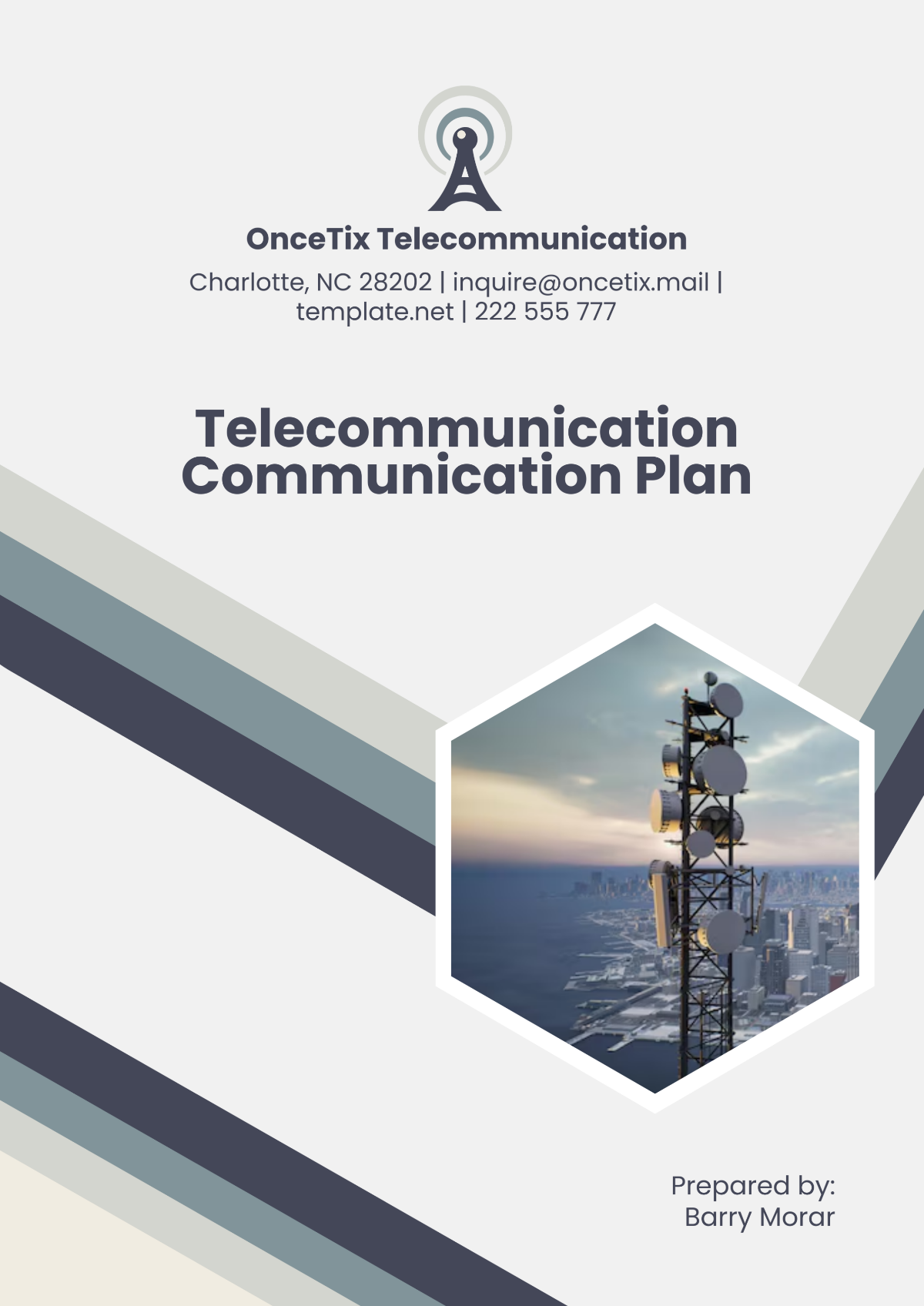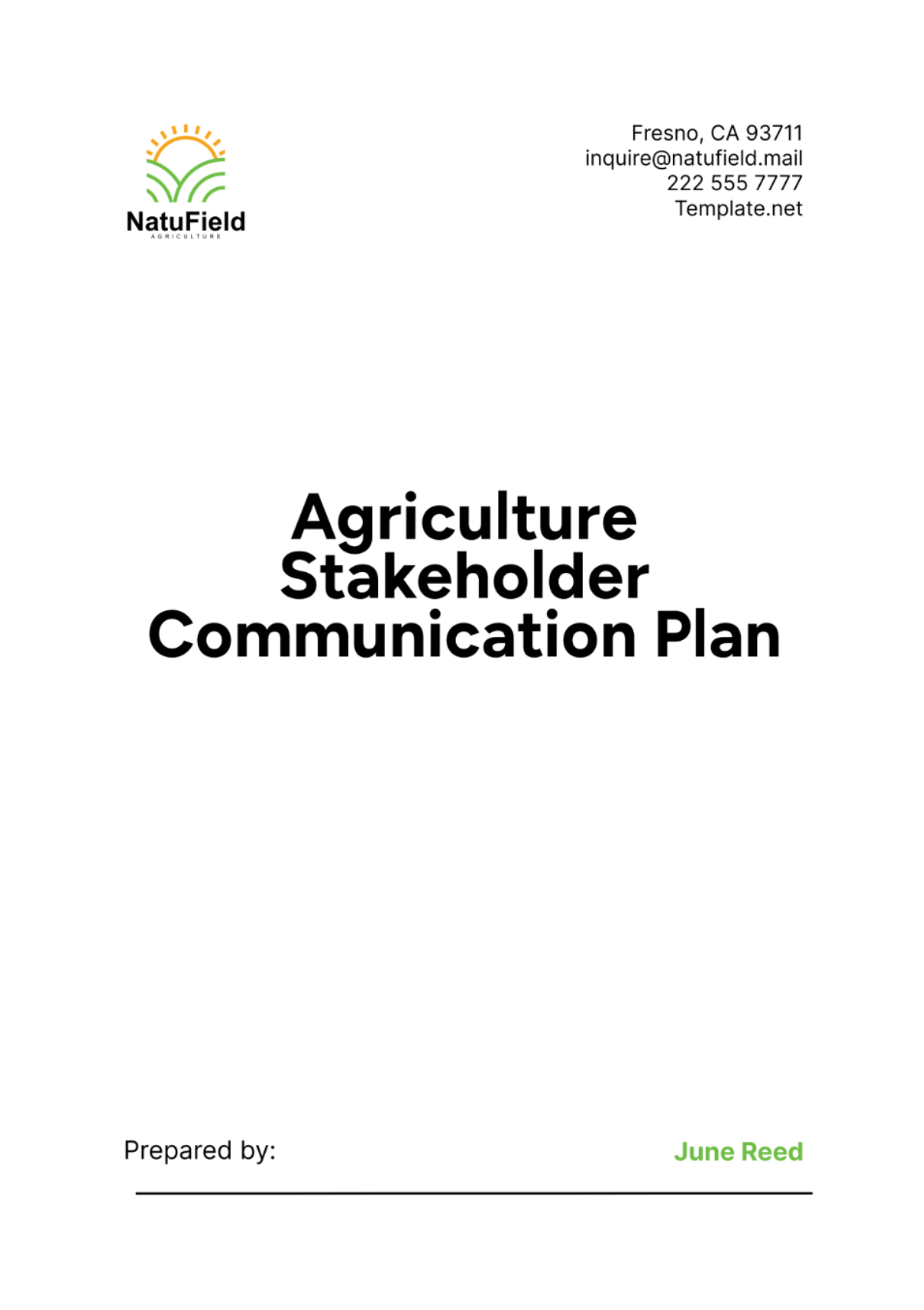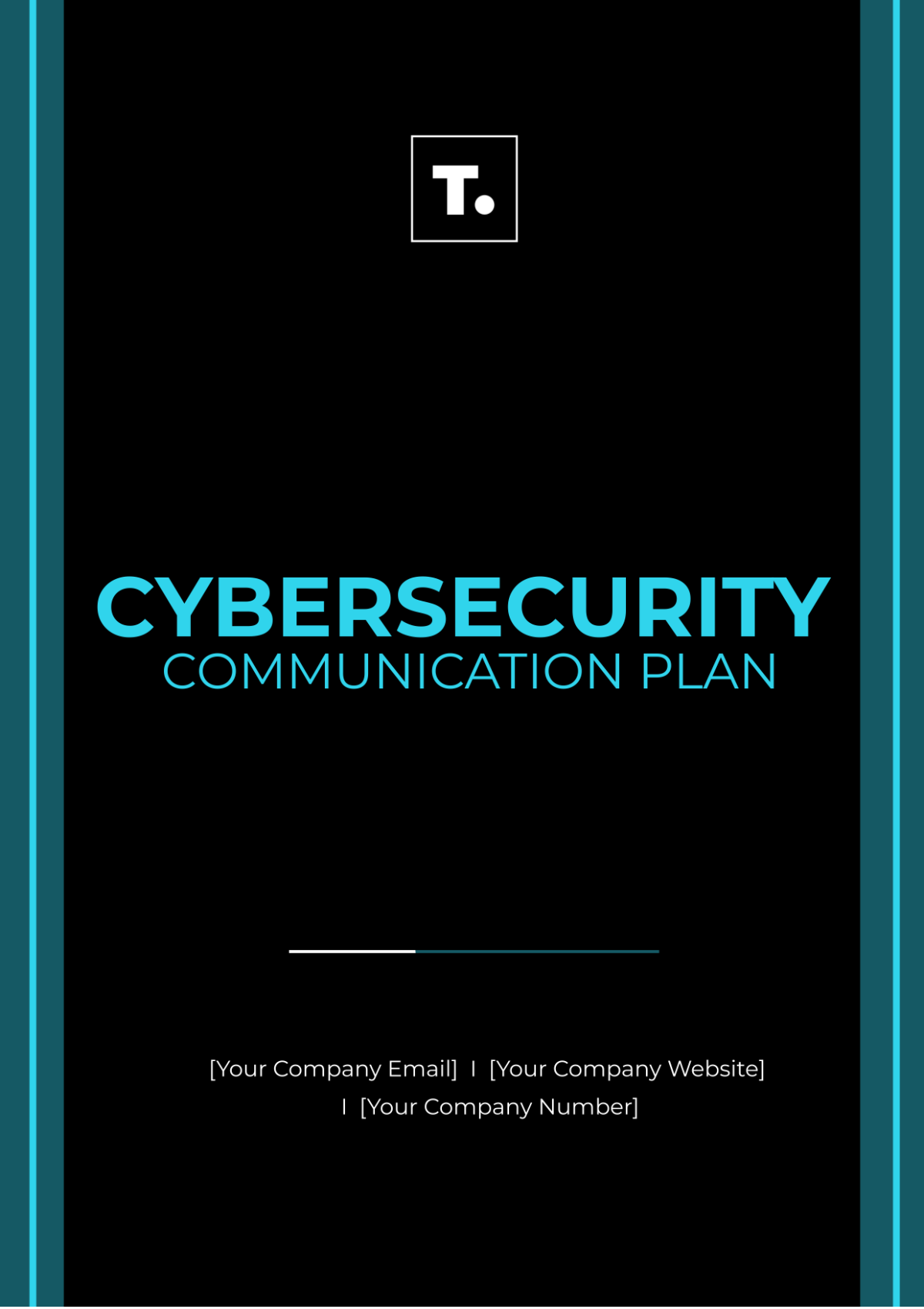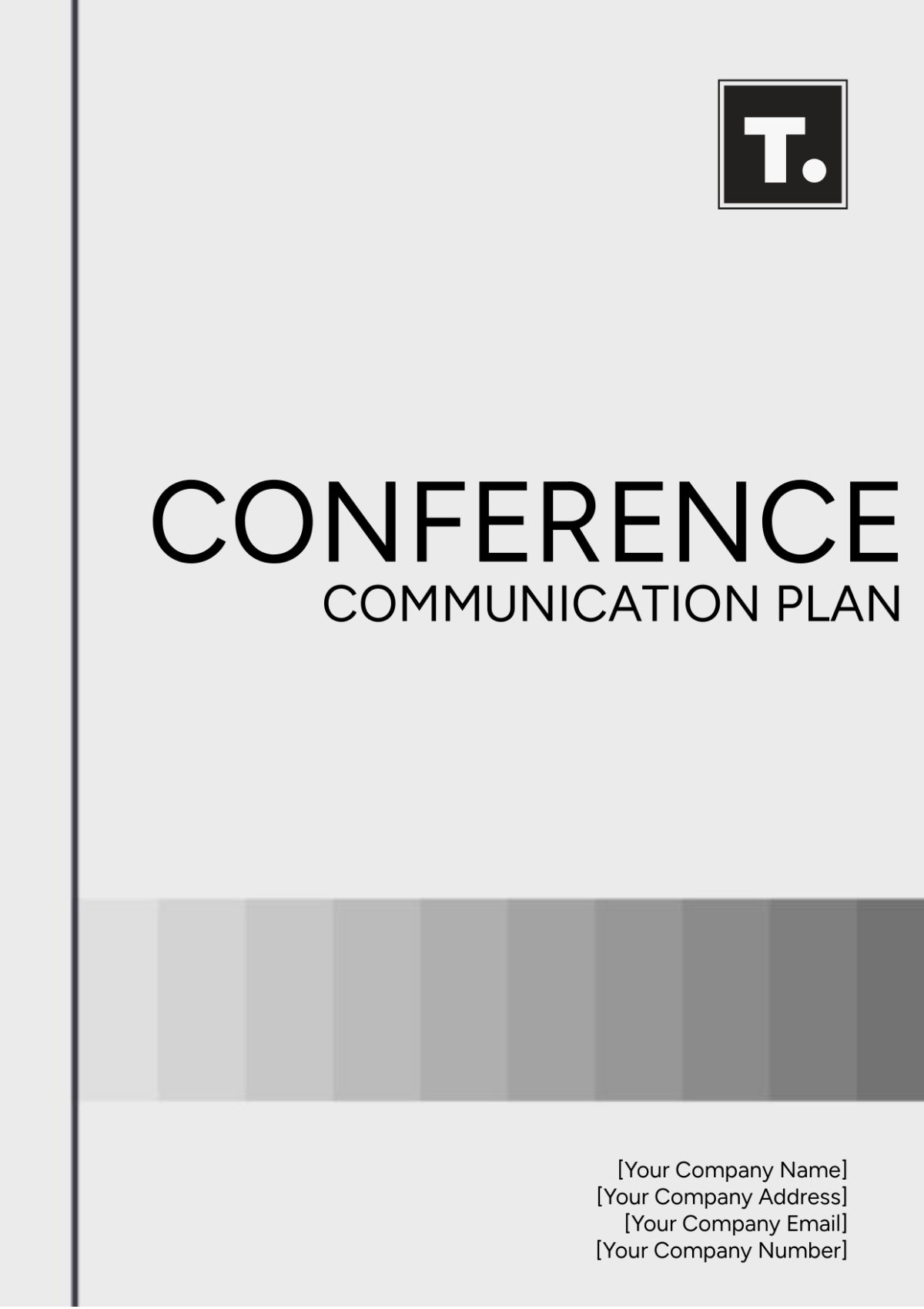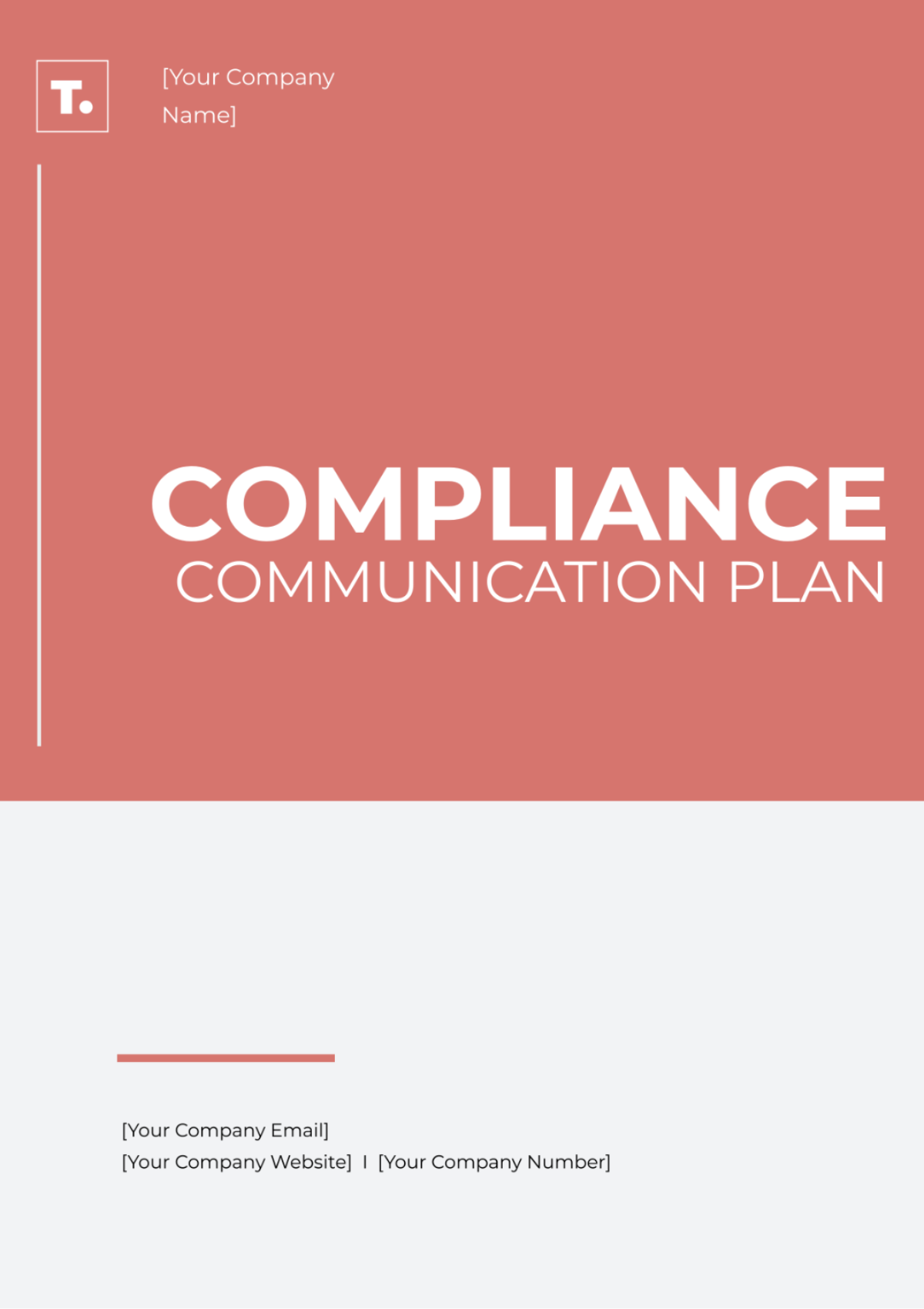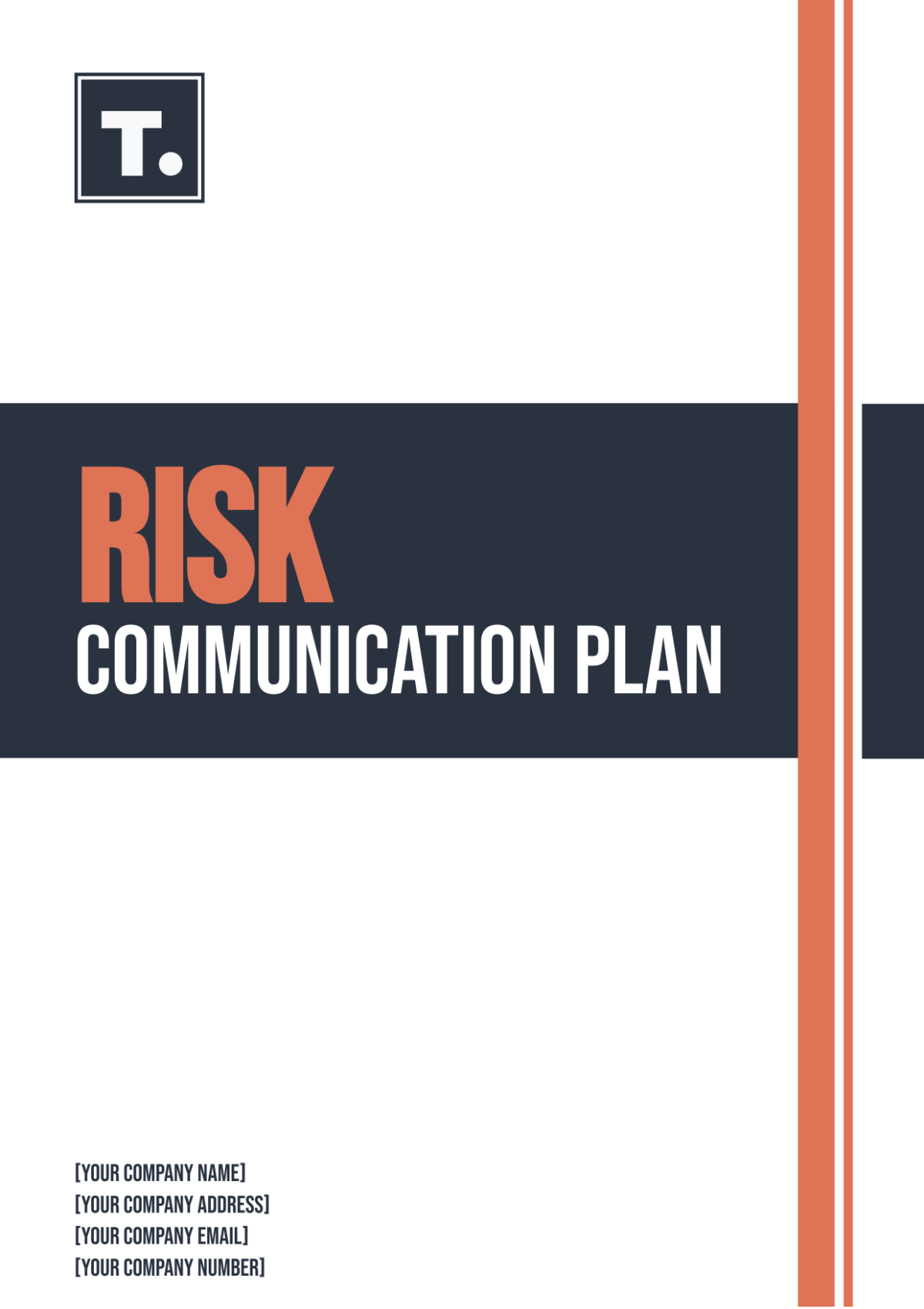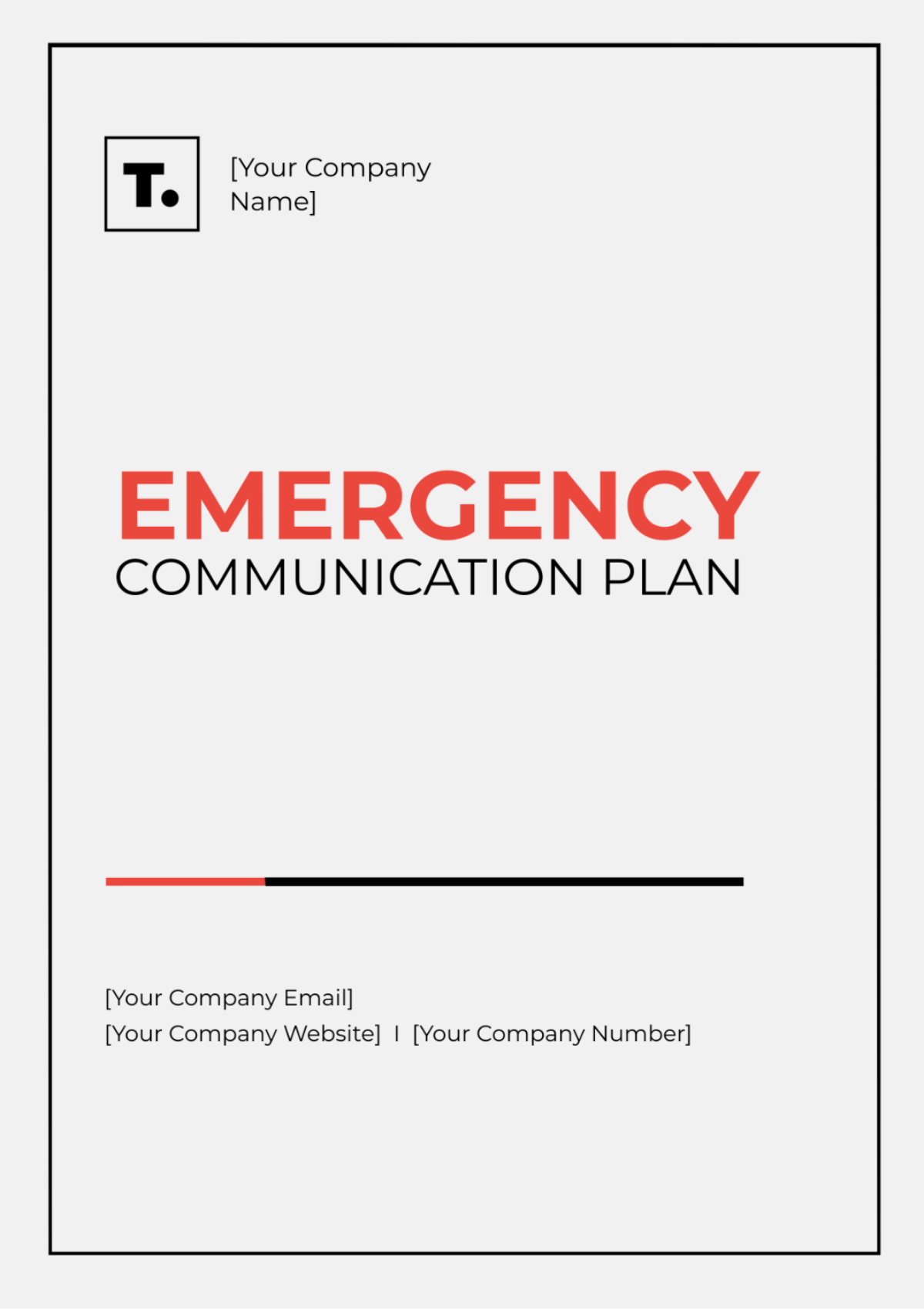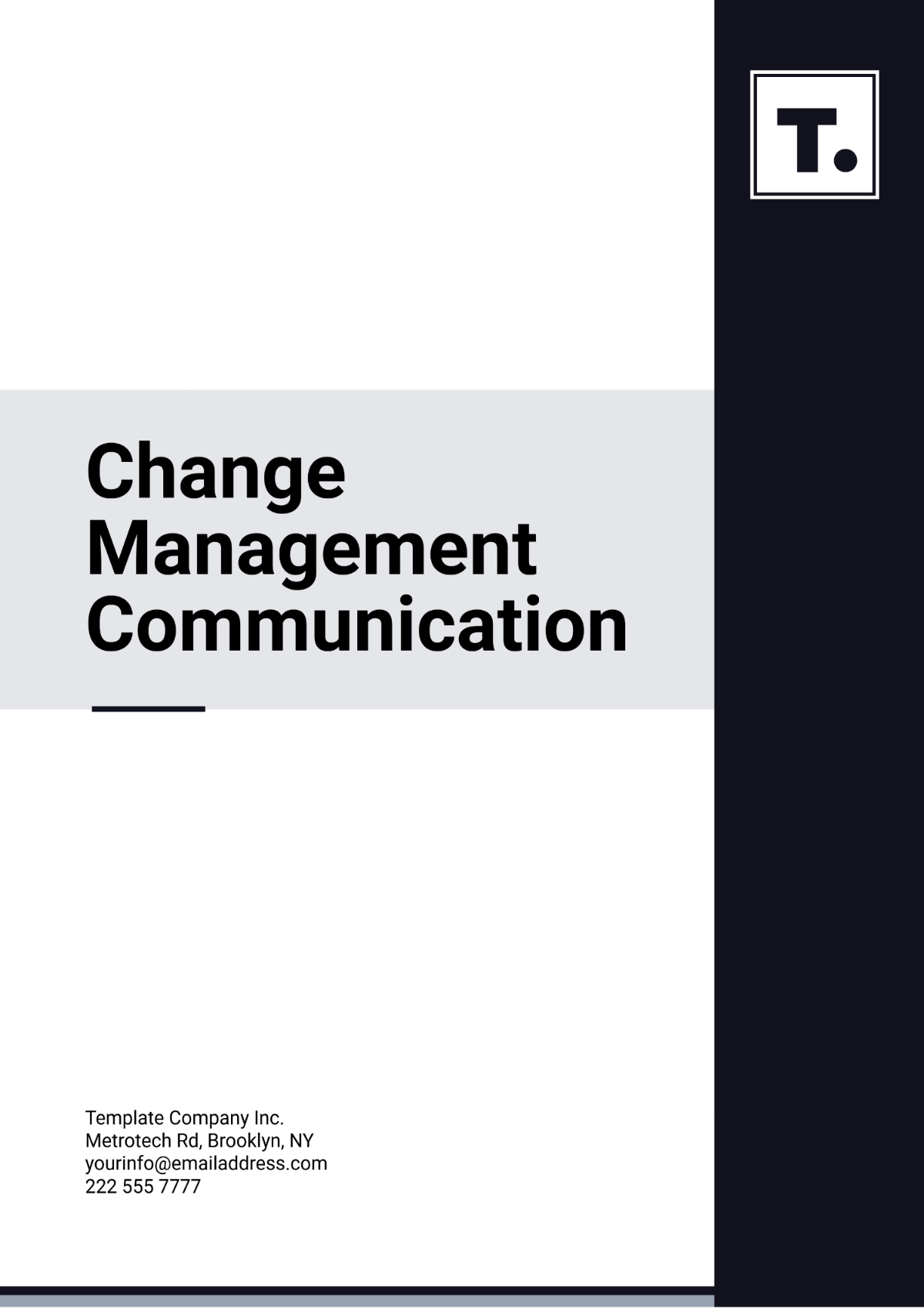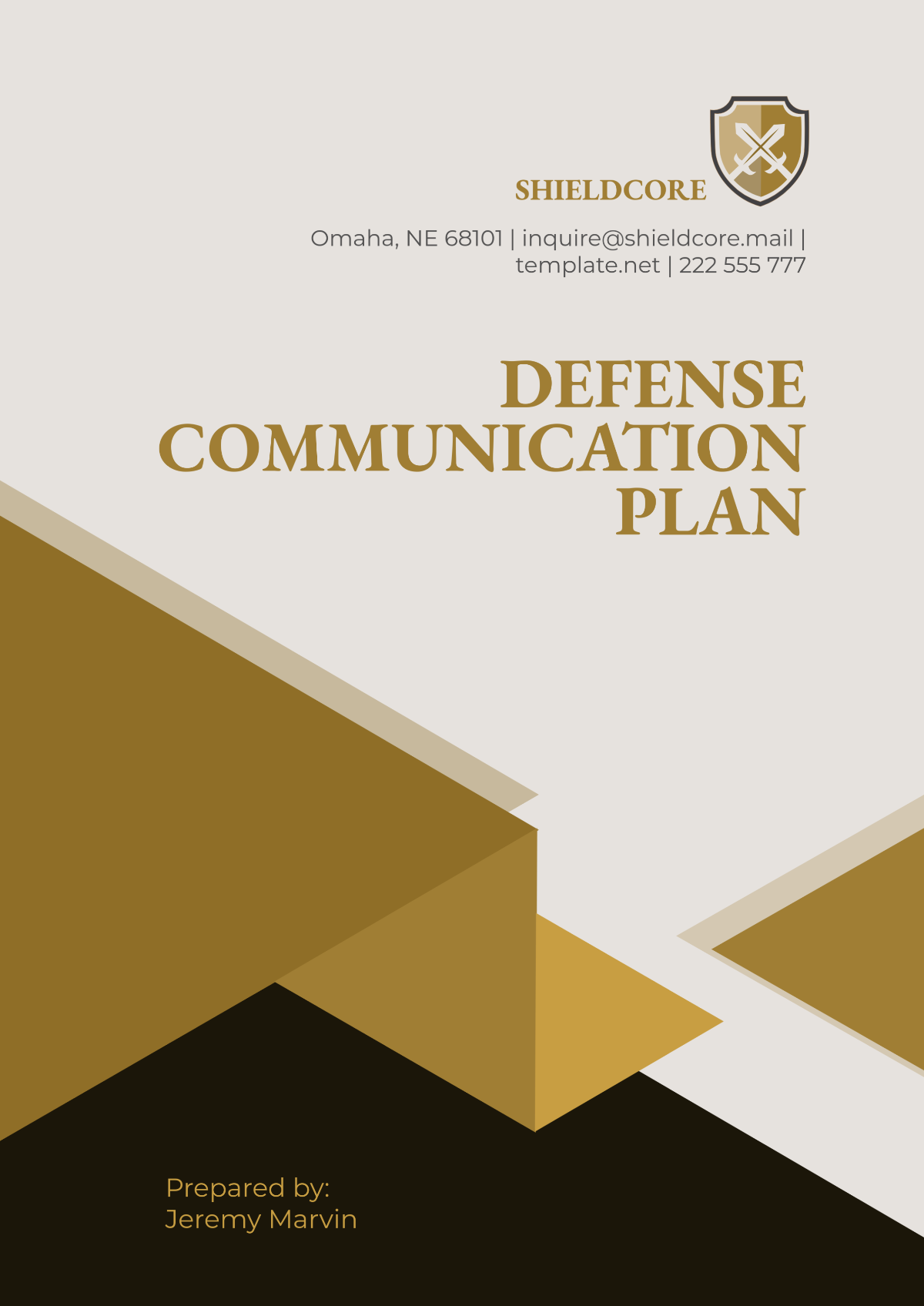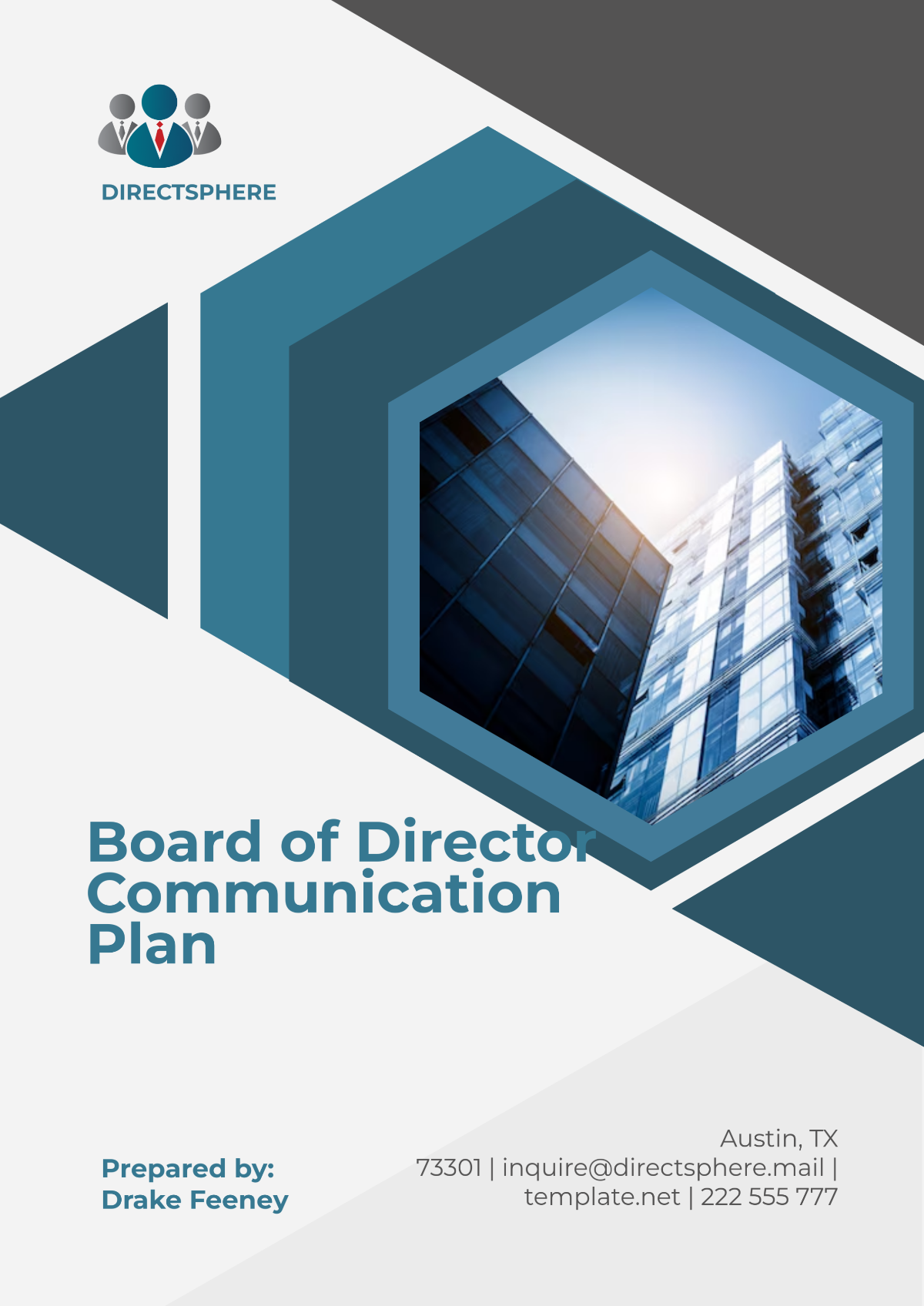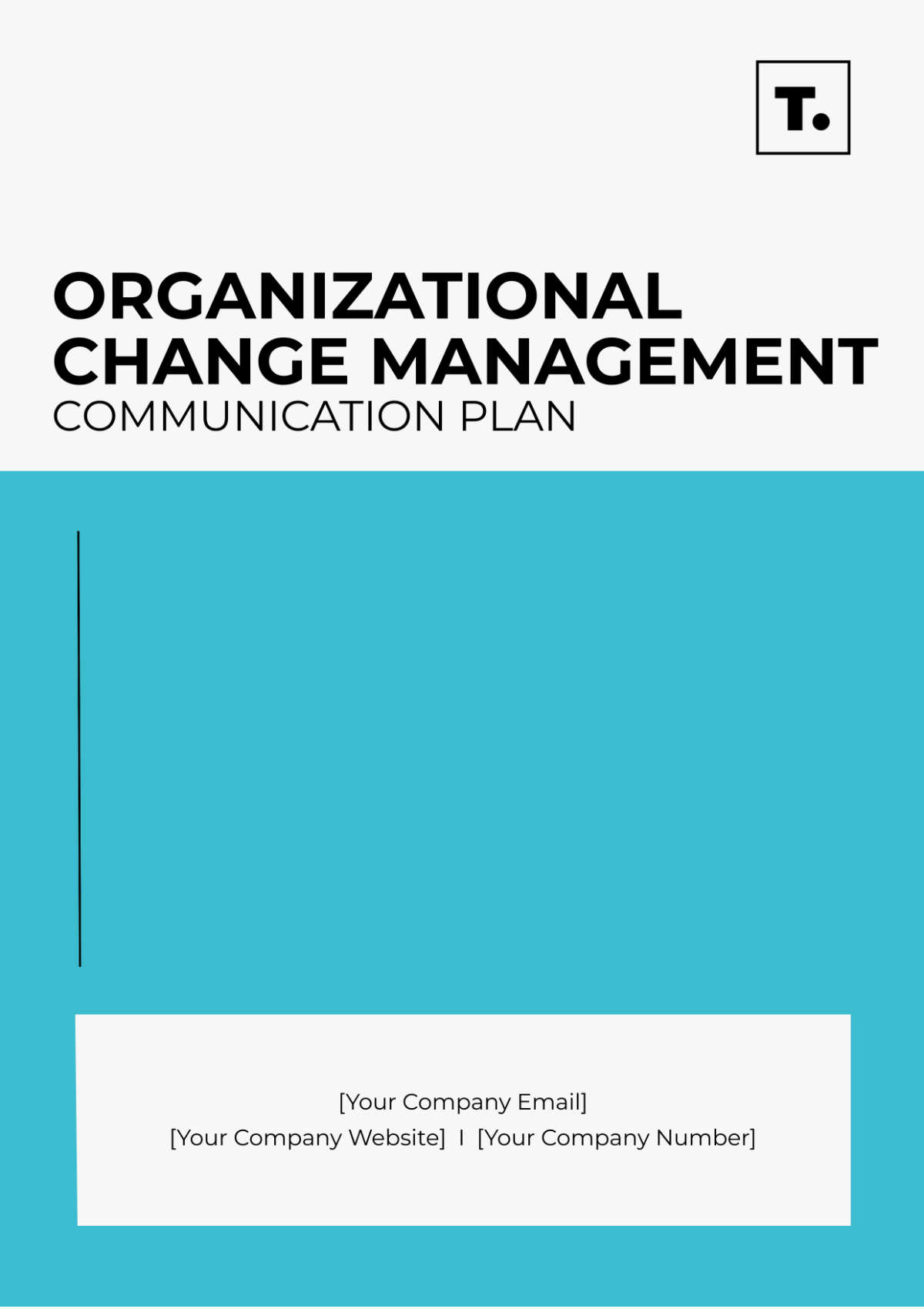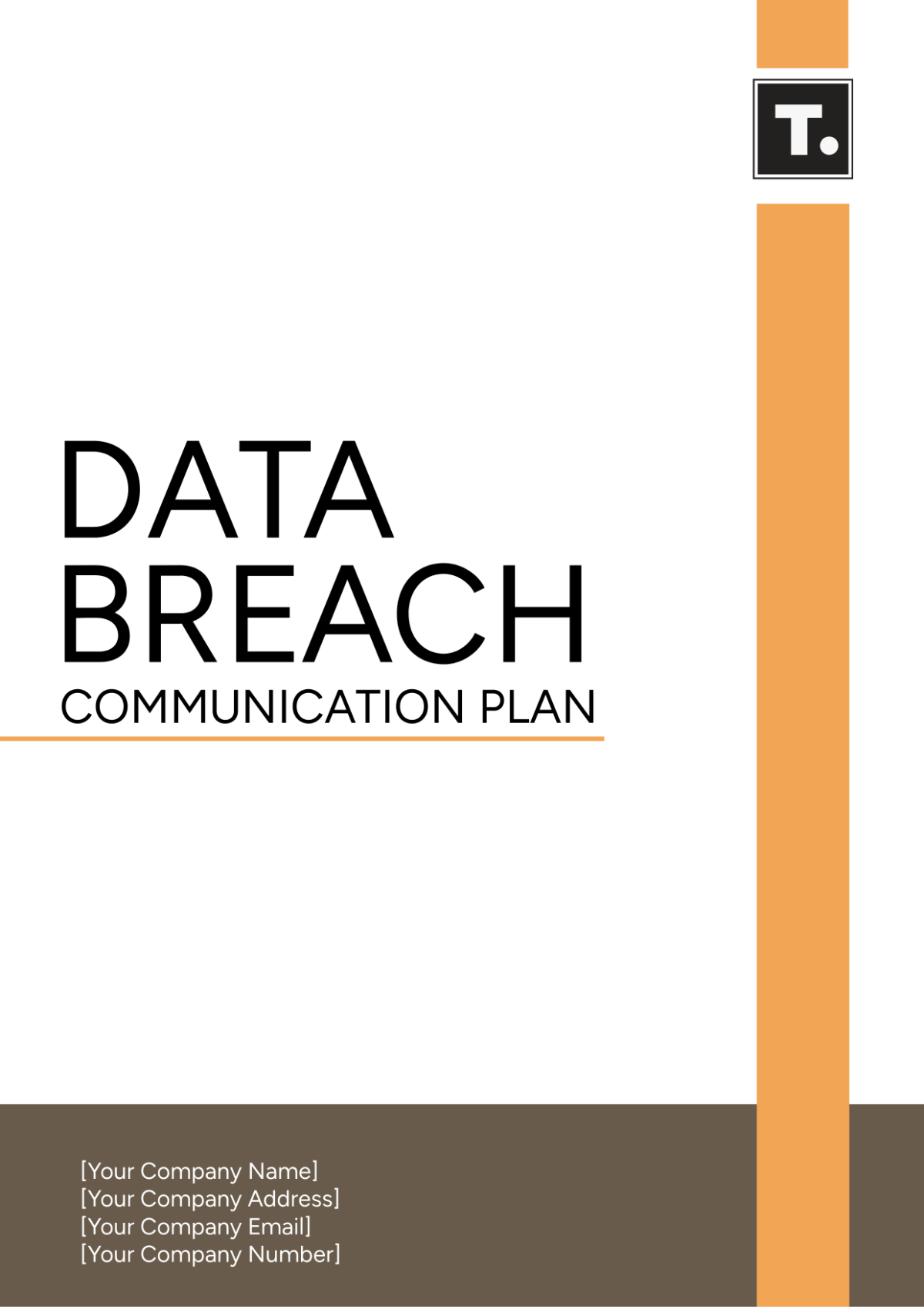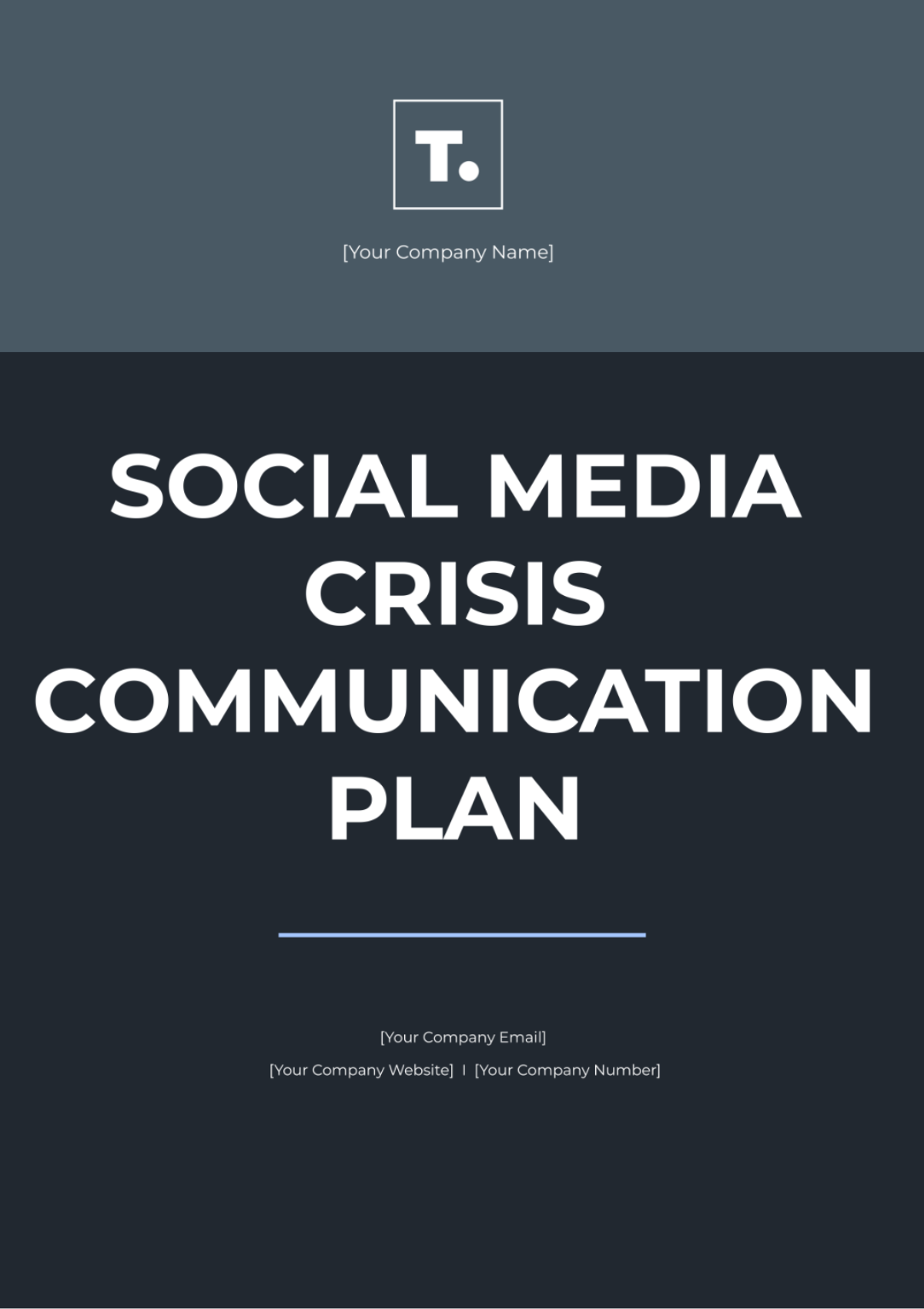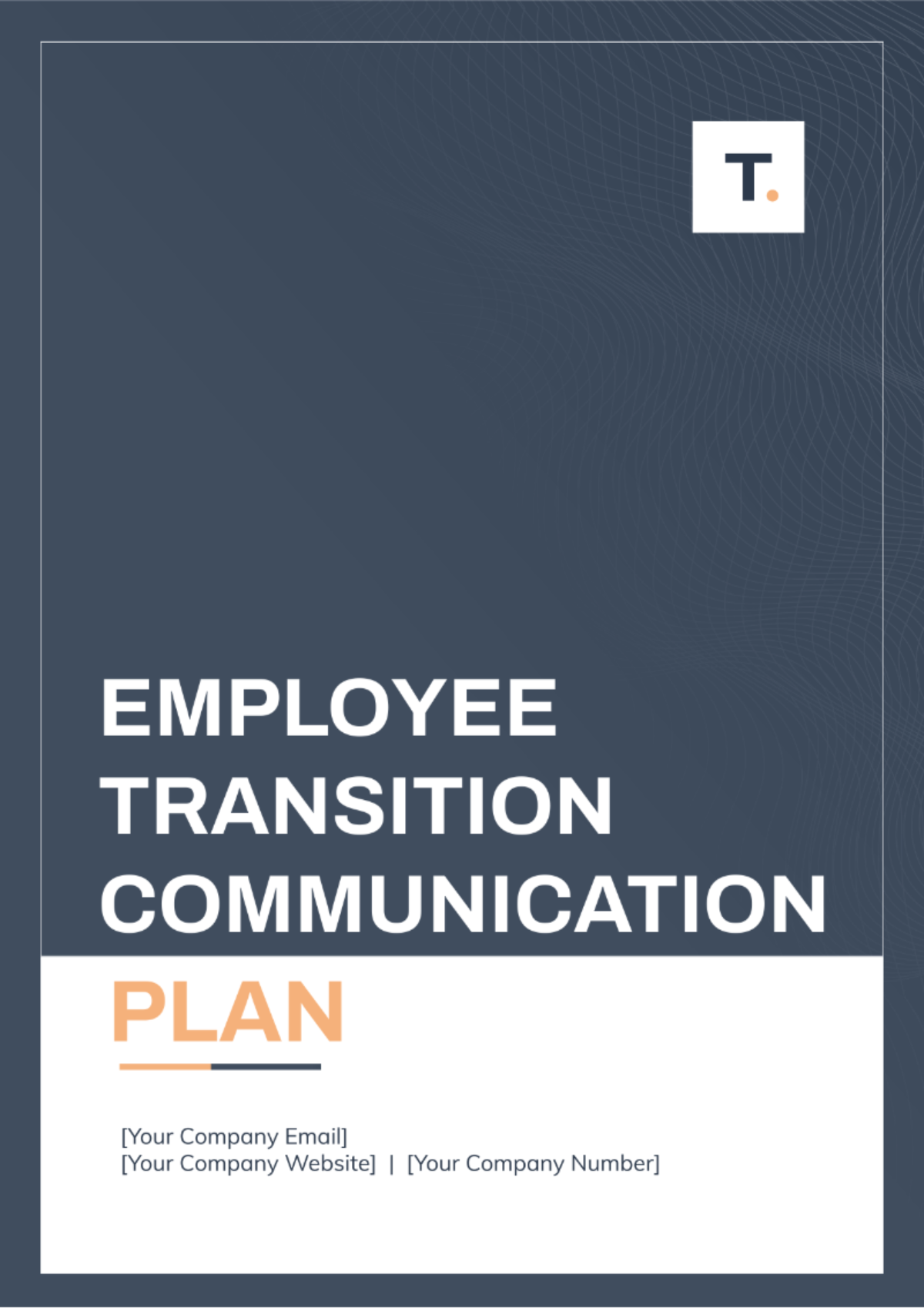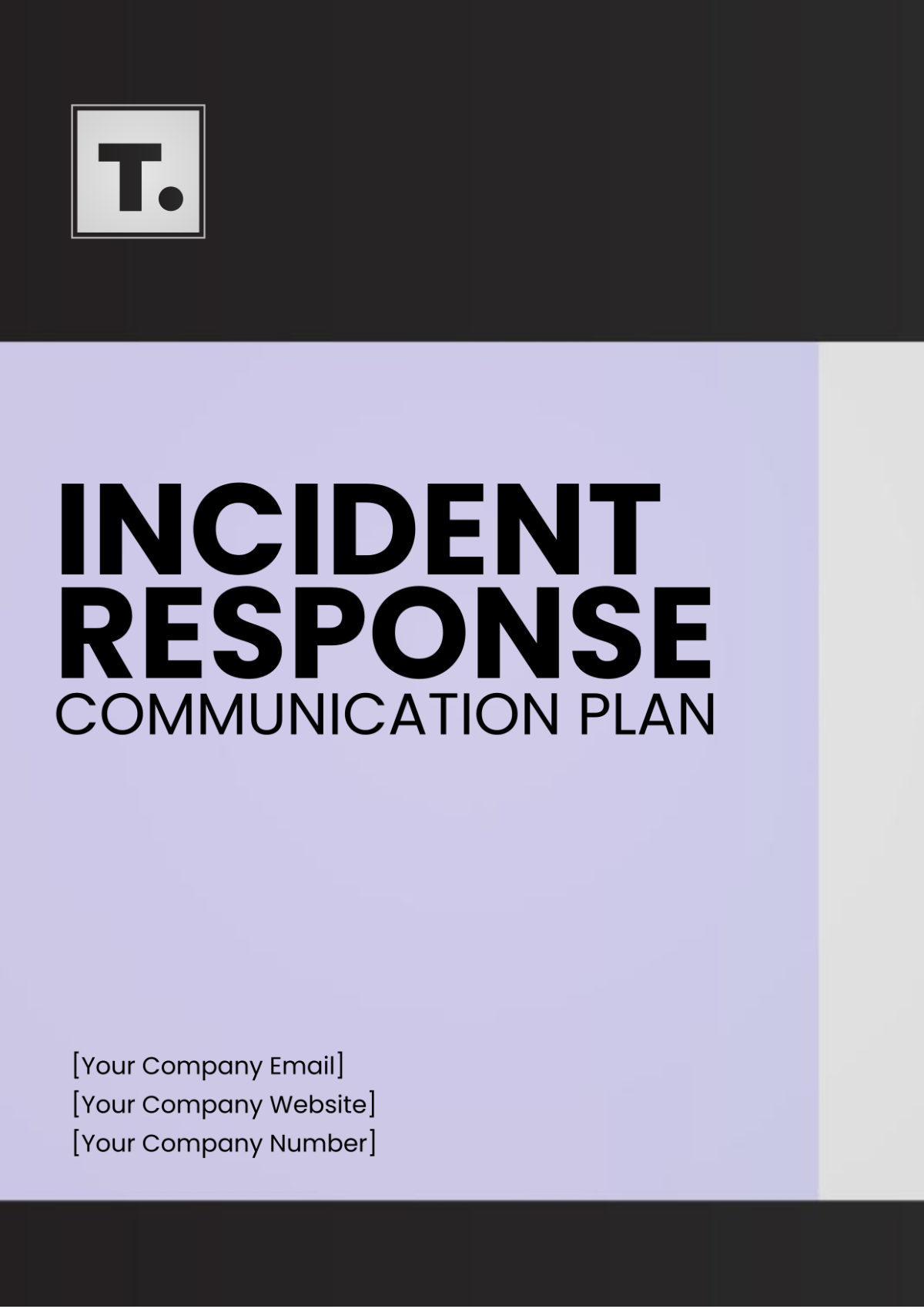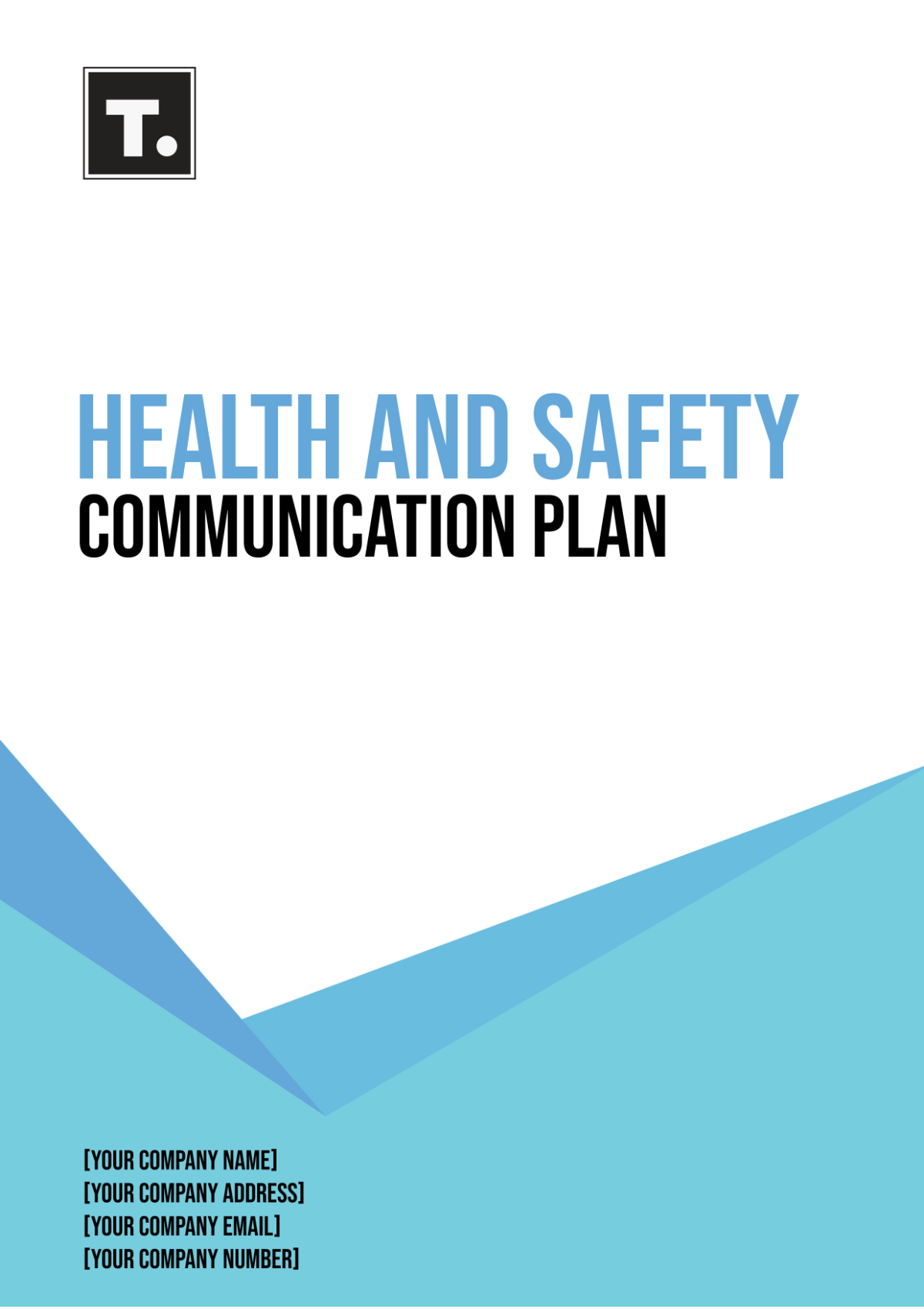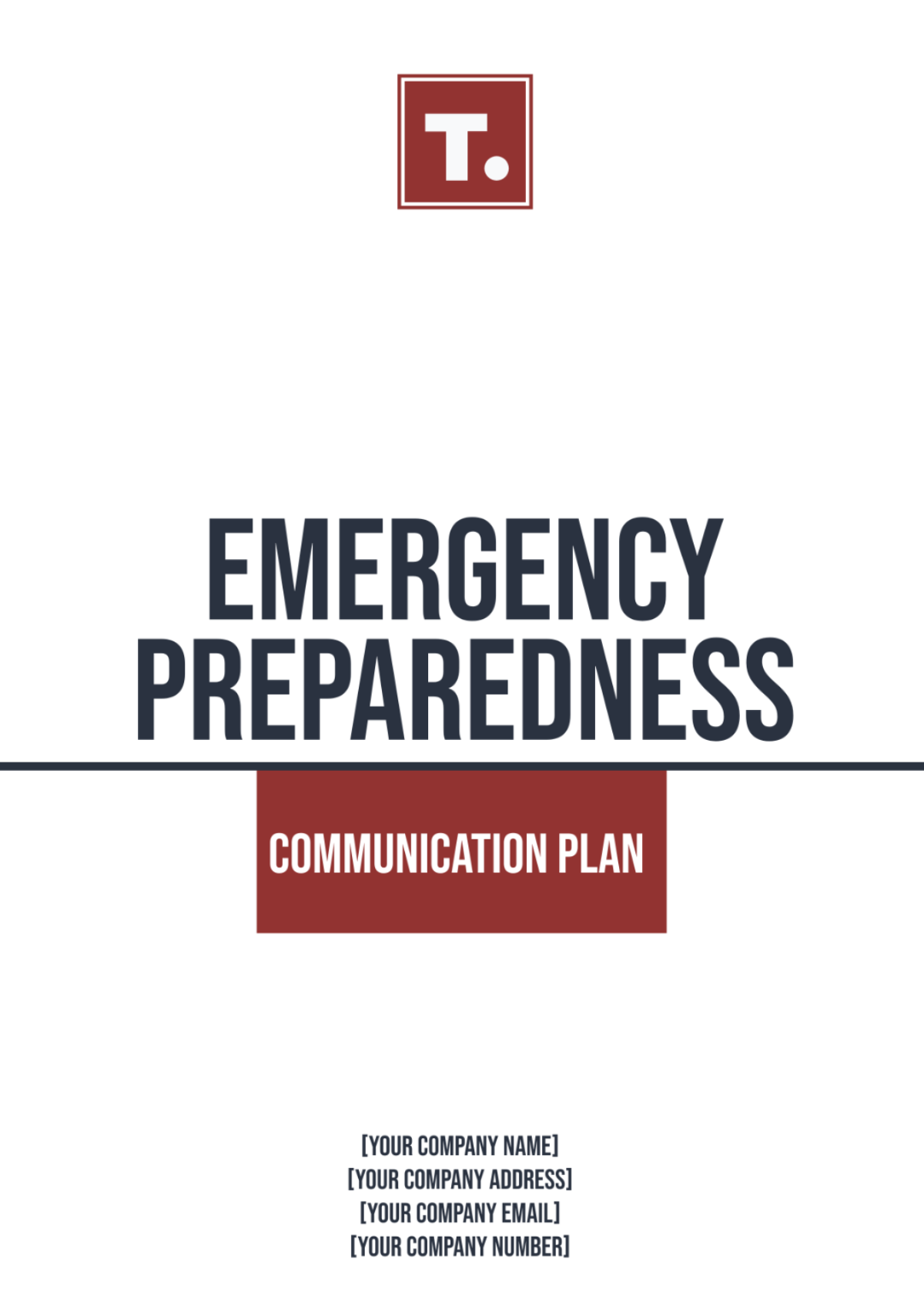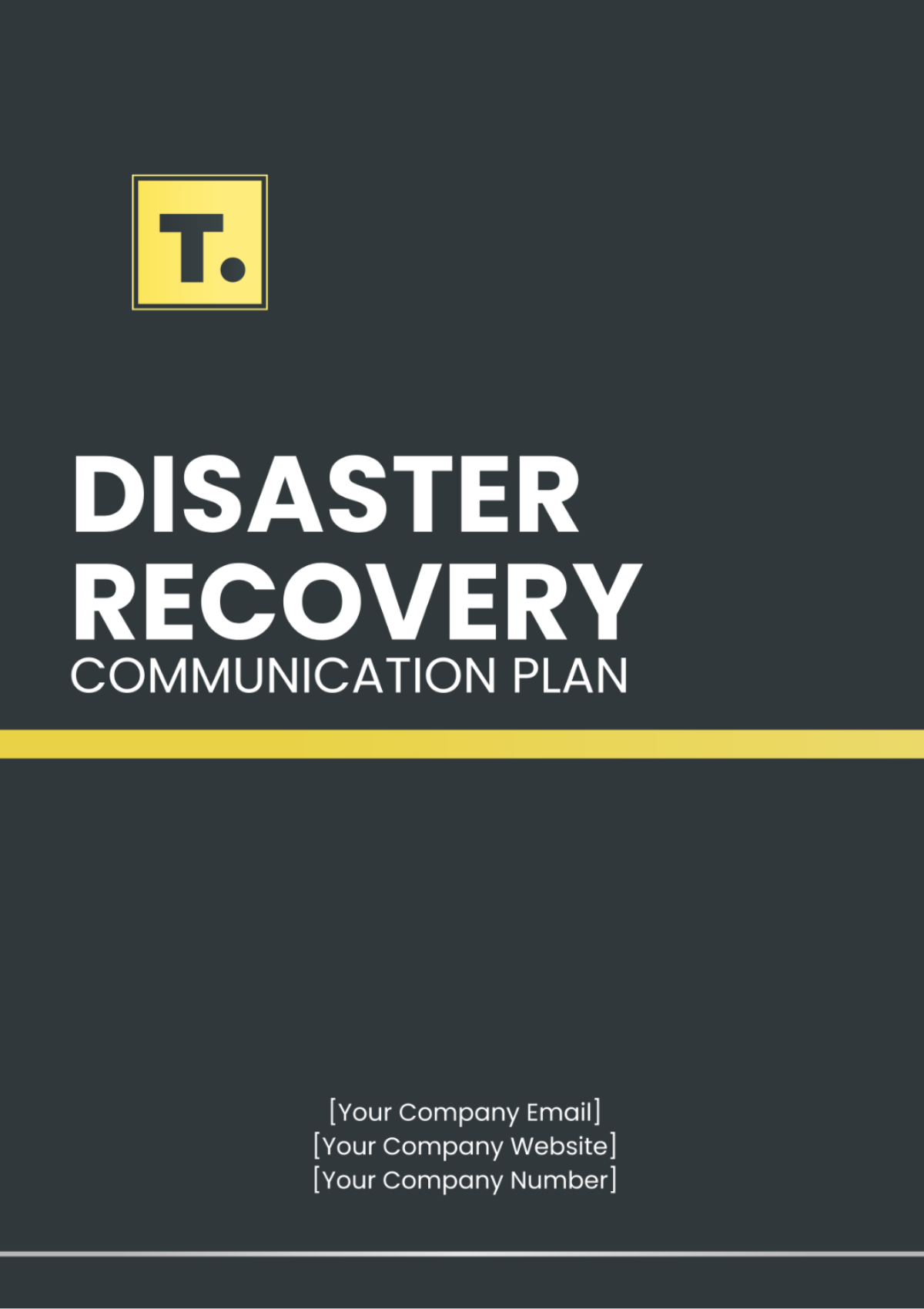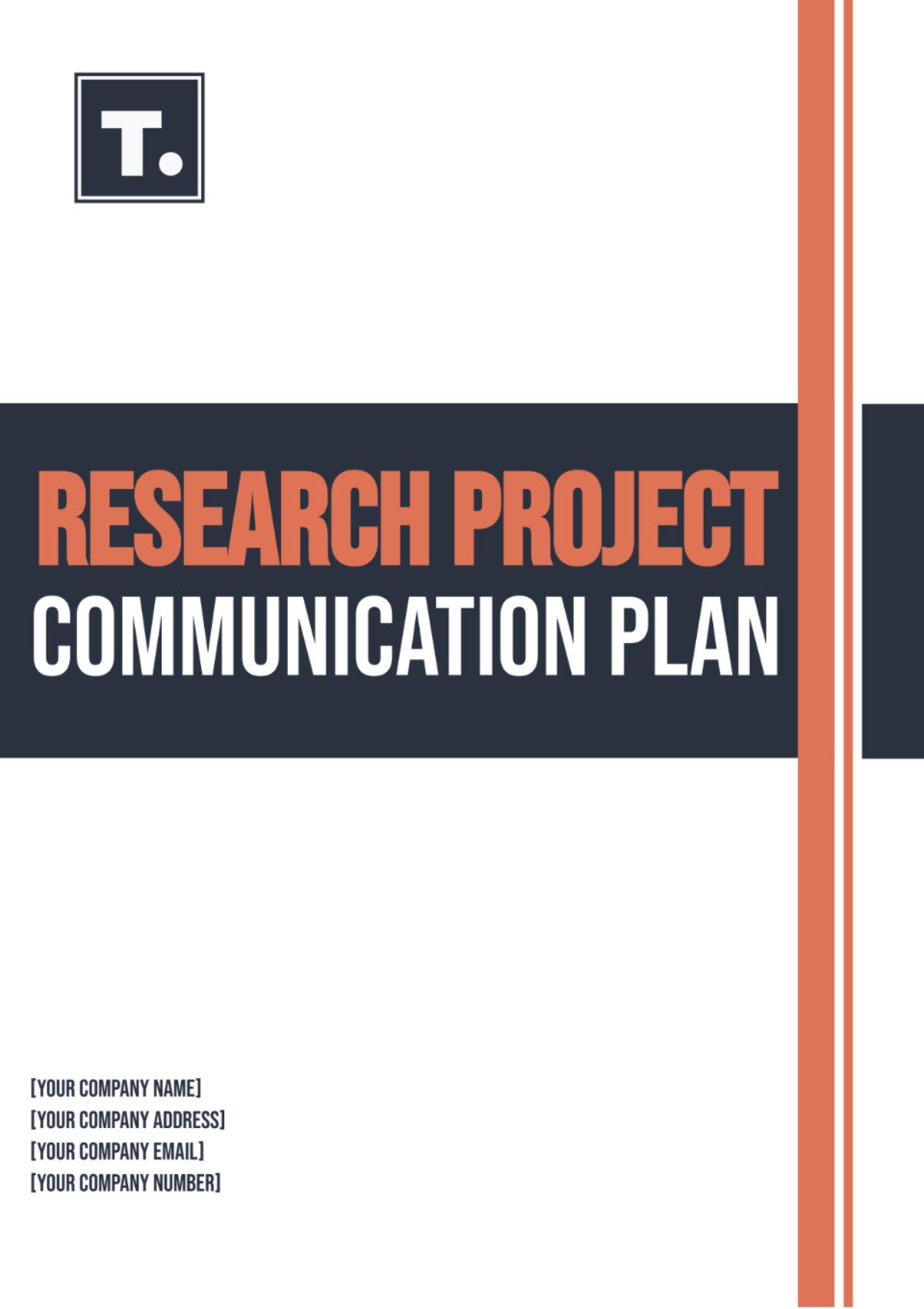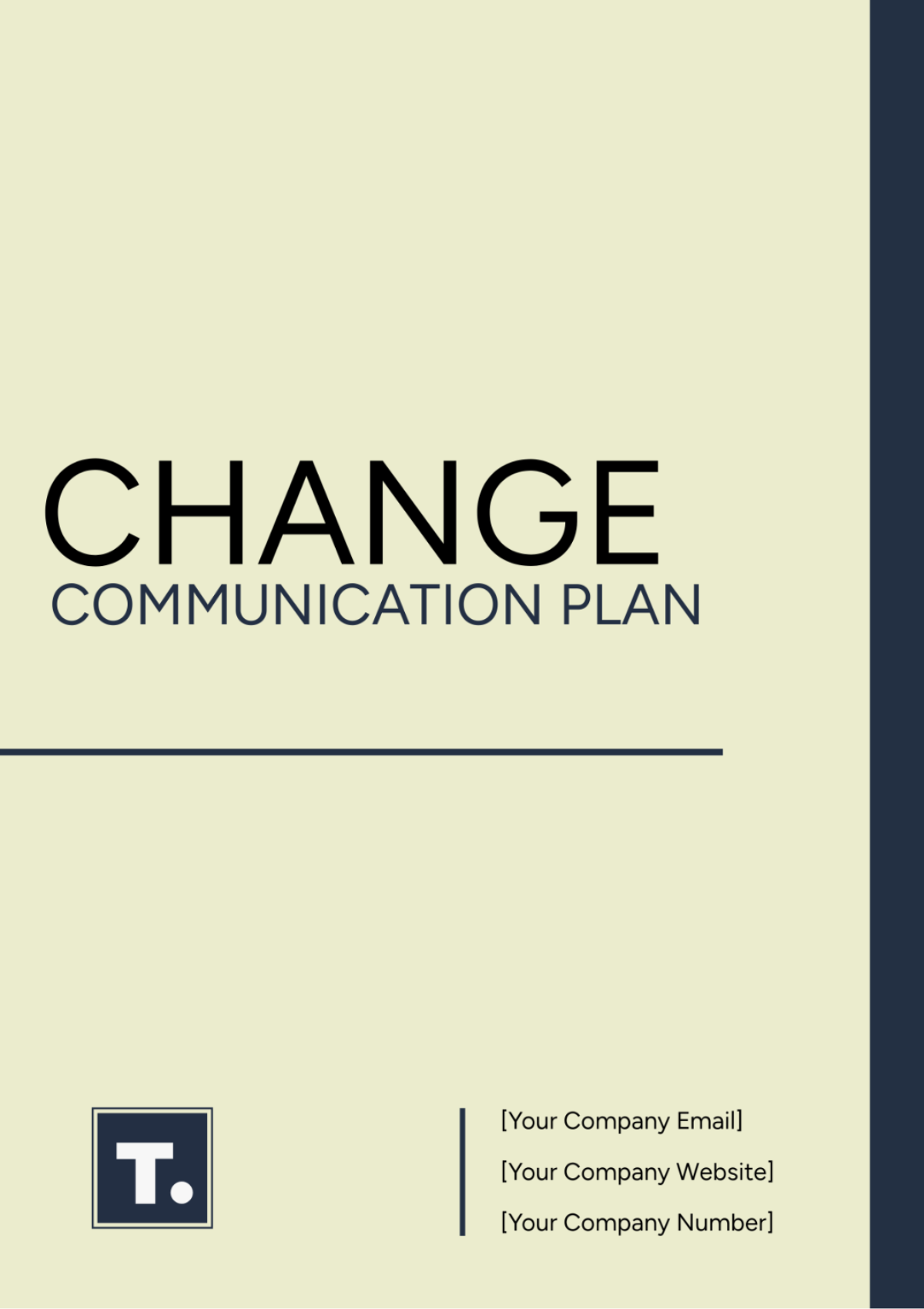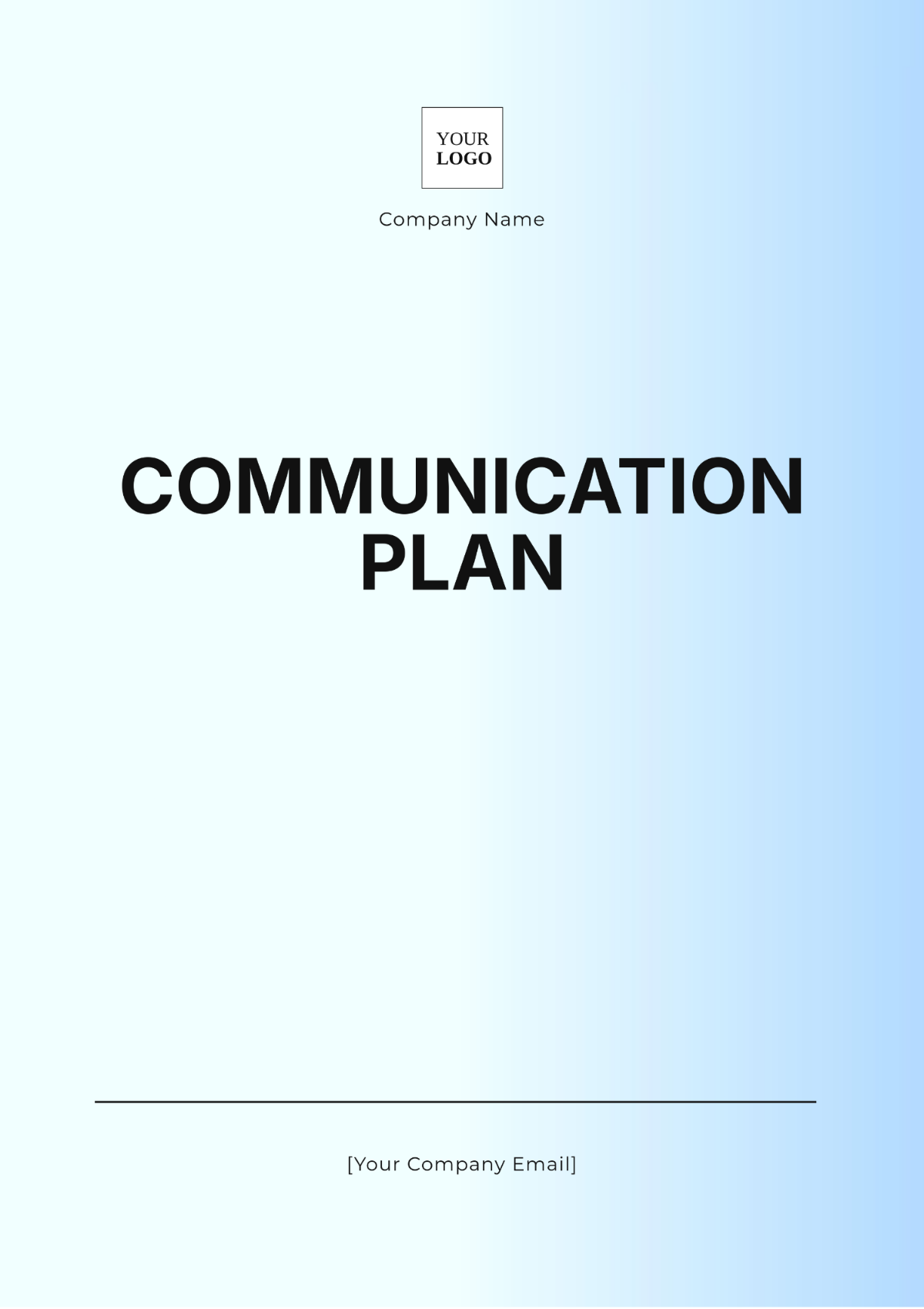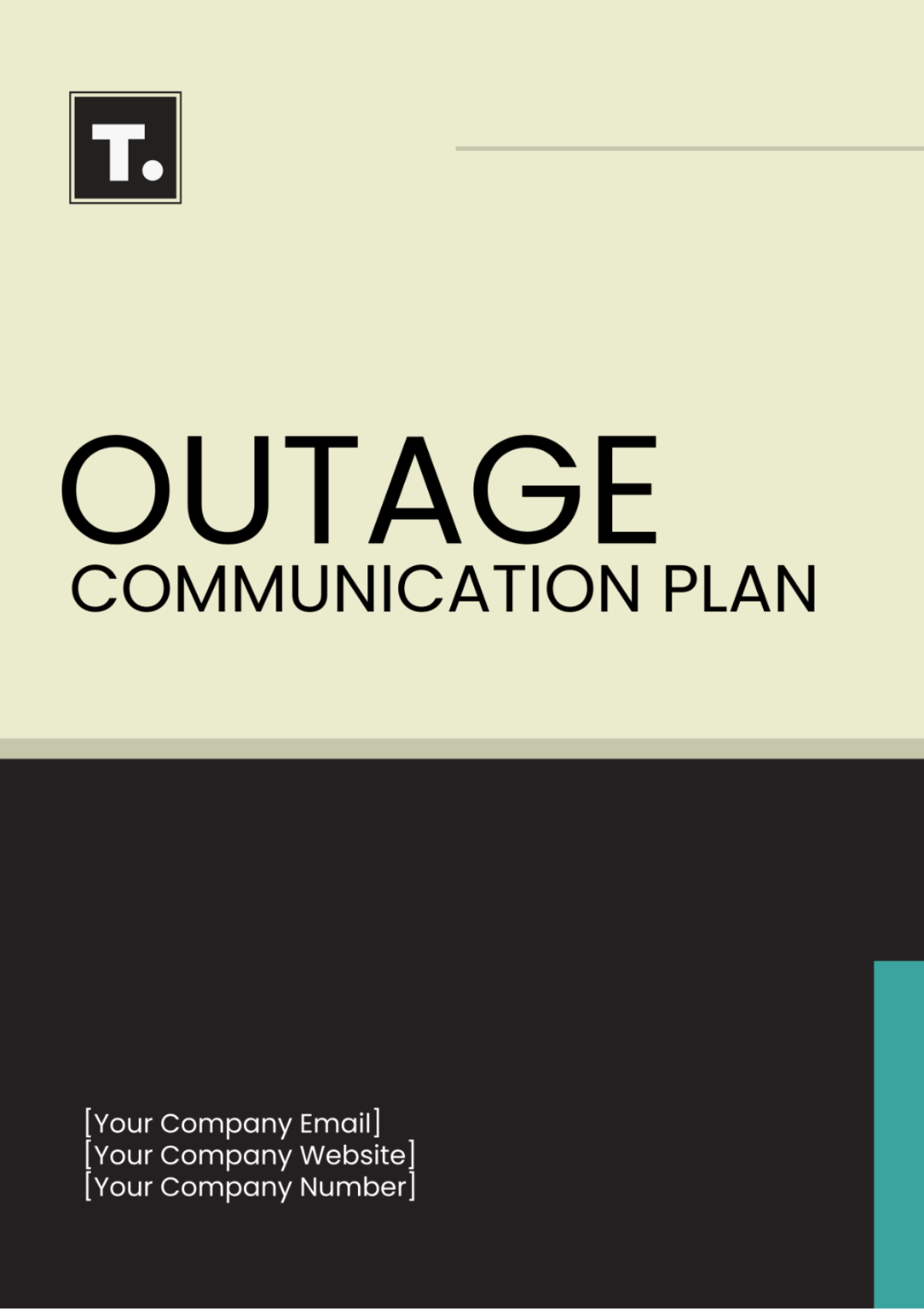OUTAGE COMMUNICATION PLAN
Written by: [Your Name]
I. Introduction
This Outage Communication Plan delineates the strategies and procedures to ensure seamless communication with stakeholders during software outages. It aims to uphold transparency, minimize disruption, and foster trust and confidence in [Your Company Name] amidst unforeseen technical challenges.
II. Stakeholder Analysis
A. Key Stakeholders:
[Your Company Name] Technical Team: Responsible for promptly identifying, diagnosing, and resolving software outages.
Customer Support Representatives: Act as the frontline for addressing customer inquiries and outage concerns.
Management Personnel: Oversee the outage response strategy, provide direction, and make critical decisions.
End-users/Customers: Directly impacted by software outages, they rely on timely and accurate information to manage their operations.
B. Communication Preferences:
Technical Team: Prefers internal communication channels such as email and internal messaging platforms for swift and focused updates.
Customer Support Representatives: Prefer direct communication channels like phone and email to promptly address customer concerns.
Management Personnel: Favor email updates and may require periodic briefings or meetings for comprehensive updates.
End-users/Customers: Prefer transparent communication via email, website notifications, and social media platforms for real-time updates and reassurance.
III. Communication Channels
A. Primary Channels:
Email Notifications: Utilized for disseminating detailed updates to internal teams and stakeholders.
Customer Support Hotline: Enables direct communication with customers for personalized assistance and support.
Social Media Platforms: Used for public updates and announcements to keep stakeholders informed about outage progress and resolutions.
B. Secondary Channels:
Internal Messaging Platforms: Real-time communication channels like Slack or Microsoft Teams for instant updates and coordination among the technical team.
Company Website: Acts as a centralized platform for posting outage status, FAQs, and additional resources for stakeholders.
SMS Notifications: Reserved for critical incidents or emergencies to ensure stakeholders receive urgent updates promptly.
IV. Notification Procedures
A. Initiating Notification:
Upon detecting an outage, the technical team promptly assesses the situation and determines the severity and impact.
A designated team member initiates the notification process, ensuring that all relevant stakeholders are promptly informed.
B. Information Included:
The initial notification includes a brief description of the issue, the estimated duration of the outage, steps being taken to resolve the issue, and contact information for further assistance.
Subsequent updates provide detailed progress reports, anticipated timelines for resolution, and any additional instructions or workarounds for affected stakeholders.
C. Timing of Notifications:
An initial notification is sent immediately after the outage detection to provide stakeholders with immediate awareness.
Regular updates are provided at predefined intervals or as significant milestones are achieved until the issue is fully resolved.
V. Escalation Procedures
A. Escalation Path:
If the outage persists beyond a predefined timeframe or escalates in severity, it is escalated to senior technical staff or management for further intervention and decision-making.
The escalation process is clearly defined to ensure timely and appropriate actions are taken to mitigate the impact of the outage.
B. Communication Protocol:
During escalations, clear and transparent communication is maintained with stakeholders, providing regular updates on the status, progress, and anticipated resolutions.
Stakeholders are reassured and informed of any changes in the escalation process or additional measures being implemented to address the outage.
VI. Response Team Roles and Responsibilities
A. Technical Team:
Detect and diagnose the outage promptly, implementing necessary fixes and updates to restore services.
Provide regular updates and progress reports to stakeholders, ensuring transparency and clarity throughout the outage resolution process.
B. Customer Support Team:
Field customer inquiries and concerns related to the outage, providing timely and personalized assistance.
Collaborate closely with the technical team to escalate and address customer issues effectively, ensuring customer satisfaction and retention.
VII. Post-Outage Review
A. Evaluation Process:
Conduct a comprehensive review of the outage handling procedures, including communication protocols, response times, and stakeholder feedback.
Identify any gaps or areas for improvement in the communication plan and outage response strategy.
B. Implementation of Changes:
Implement necessary changes based on the review findings to enhance future outage communication and resolution processes.
Provide training and resources to the response team members to ensure they are well-equipped to handle future outages effectively.
Contact Details
Name: [Your Name]
Company Name: [Your Company Name]
Company Address: [Your Company Address]
Social Media: [Your Company Social Media]


